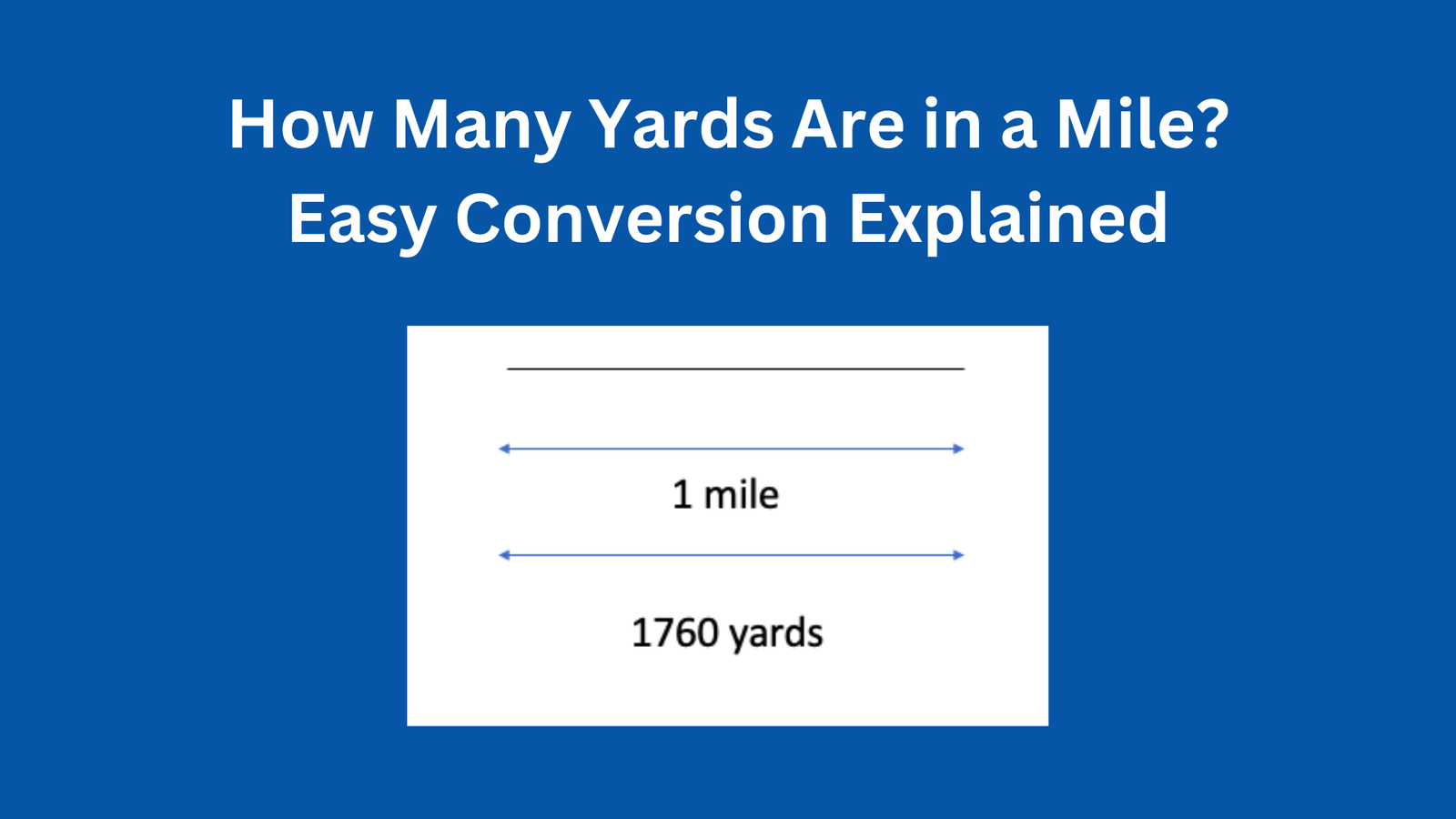In the rapidly evolving field of machine learning, the efficient utilization of data is paramount. Active learning emerges as a pivotal approach, enabling algorithms to selectively query for the most informative data points, thereby optimizing learning efficiency and performance.
Understanding Active Learning
Active learning is a specialized subset of machine learning wherein the algorithm proactively selects specific data points from an unlabeled dataset to be labeled by an oracle, typically a human annotator. This method is particularly advantageous in scenarios where unlabeled data is abundant, but labeling is resource-intensive. By focusing on the most informative samples, active learning aims to achieve higher accuracy with fewer labeled instances.
Core Strategies in Active Learning
Active learning encompasses several strategies to identify and select the most valuable data points:
1. Pool-Based Sampling
In this prevalent approach, the algorithm evaluates a large pool of unlabeled data to identify instances that would most enhance the model's performance upon labeling. The selection is based on criteria such as uncertainty, diversity, or representativeness.
2. Stream-Based Selective Sampling
Here, data points are presented to the model sequentially. For each instance, the model decides whether to request its label based on its potential to improve learning, balancing the benefits against the costs of labeling.
3. Membership Query Synthesis
In this less common strategy, the model generates synthetic instances and queries their labels. This approach is useful when real data is scarce or when exploring specific regions of the data space is necessary.
Query Strategies in Active Learning
Determining which data points to label is crucial in active learning. Common query strategies include:
1. Uncertainty Sampling
The model selects instances where it exhibits the most uncertainty in its predictions, such as those with probabilities near decision boundaries.
2. Query by Committee
Multiple models (the committee) are trained, and instances where these models disagree the most are selected for labeling, aiming to reduce model variance.
3. Expected Model Change
Instances are chosen based on their potential to induce significant changes in the current model, thereby enhancing learning efficiency.
Advantages of Active Learning
Implementing active learning offers several benefits:
-
Reduced Labeling Costs: By focusing on the most informative data points, the need for extensive labeling is minimized, leading to cost and time savings.
-
Improved Model Performance: Targeted labeling enhances model accuracy and generalization by concentrating on challenging or ambiguous instances.
-
Efficient Resource Utilization: Resources are allocated to label only the most impactful data points, optimizing the learning process.
Challenges and Considerations
While active learning presents significant advantages, it also entails challenges:
-
Initial Model Bias: The model's initial state can influence the selection of data points, potentially leading to biased learning if not managed properly.
-
Oracle Reliability: The effectiveness of active learning depends on the accuracy and consistency of the oracle providing the labels.
-
Complexity in Implementation: Designing effective query strategies and integrating them into existing workflows can be complex and require careful planning.
Applications of Active Learning
Active learning is applied across various domains:
-
Natural Language Processing (NLP): Enhancing tasks like text classification and named entity recognition by focusing on ambiguous or rare instances.
-
Computer Vision: Improving image recognition and object detection by selecting images that are challenging for the model.
-
Healthcare: Assisting in medical diagnosis by prioritizing the labeling of critical or uncertain cases.
Future Directions
The future of active learning involves:
-
Integration with Deep Learning: Combining active learning with deep neural networks to handle large-scale, complex data.
-
Automated Query Strategies: Developing adaptive methods that automatically select the most effective query strategies based on the data and model state.
-
Human-in-the-Loop Systems: Enhancing collaboration between models and human annotators to improve labeling efficiency and model performance.
Conclusion
Active learning stands as a powerful approach in machine learning, offering a strategic method to enhance model performance while minimizing labeling efforts. By intelligently selecting the most informative data points, active learning not only reduces costs but also accelerates the development of robust and accurate models.







No comments yet! Why don't you be the first?